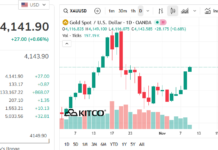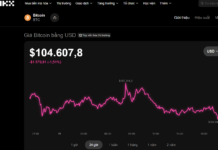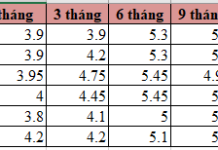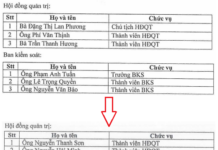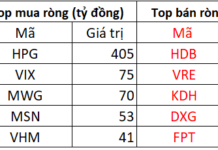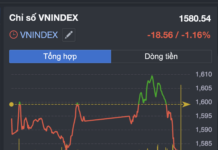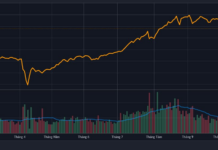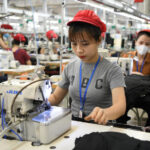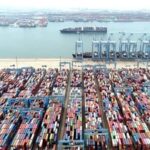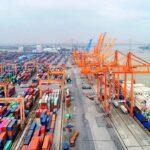After a series of emotionally charged discussions, Vietnam’s exporting business community can finally breathe a sigh of relief. The retaliatory tariff imposed by the US is no longer a mystery but a definite figure, providing the much-needed certainty for future planning.
Good News from Negotiations
On August 1st, the Ministry of Industry and Trade officially announced the results of trade negotiations with the US. Early that day (Vietnam time), the White House released a presidential proclamation by President Donald Trump, adjusting the retaliatory tariff on Vietnamese goods from 46% to 20%.
This positive outcome is the fruit of persistent negotiations since late April, involving multiple rounds of discussions at both technical and ministerial levels. The Vietnamese delegation, led by Minister of Industry and Trade Nguyen Hong Dien and joined by various ministries, engaged in comprehensive talks with the US Trade Representative and the Secretary of Commerce.
With this official information, the previous mixed reactions of relief and concern among businesses have turned into a sense of relief and a more optimistic outlook. Mr. Pham Xuan Hong, Chairman of the Ho Chi Minh City Textile and Apparel Association, acknowledged that the 20% US tariff presents a challenge compared to the 15% tariff currently applied to the textile industry. However, considering the initial negotiating position of 46%, the 20% tariff significantly improves the competitiveness of Vietnamese textiles.
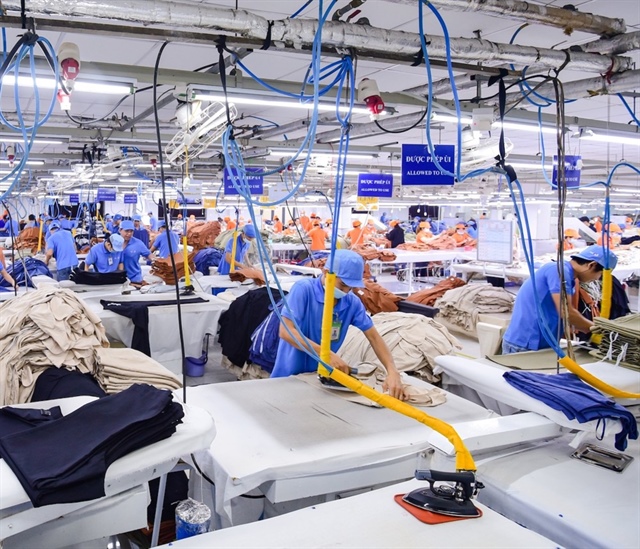 Vietnamese textile industry faces a double challenge with the 20% US tariff and the concern for workers’ livelihood. Photo: Q.HUY |
Similarly, in the seafood industry, a leader of a tra fish exporting company expressed optimism, stating that Vietnam still holds a tax advantage over competitors. This optimism is now further reinforced. He emphasized that Vietnam maintains a tax advantage over competitors, especially as the US Department of Commerce maintains the anti-dumping tax at 0 USD/kg for most Vietnamese enterprises.
Nevertheless, some shrimp companies remain concerned about the “tax on tax” situation with other anti-dumping and countervailing duties, indicating that there’s still work to be done. “Even though the US applies a lower retaliatory tariff than initially announced, we are already struggling with exports,” remarked a representative of a major shrimp company.
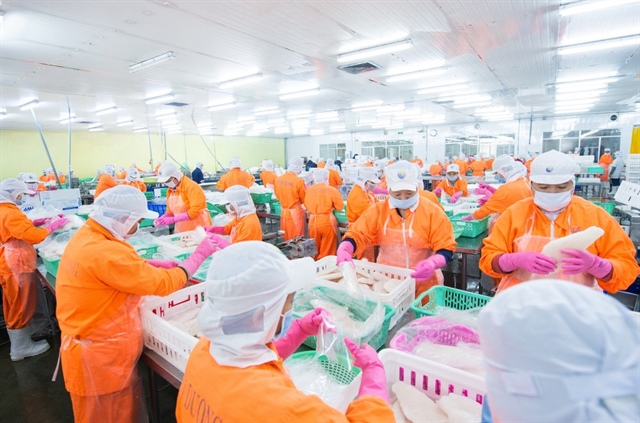
With the 20% US tariff, businesses focus on enhancing competitiveness and solidifying the position of Vietnamese goods in the international market. Photo: Q.HUY |
Challenges Beyond Tariff Rates
Numerous textile companies pointed out that the biggest challenge for the industry is the extremely thin profit margin due to global price competition. Additionally, the rising cost of living for workers adds to the burden of input costs, which cannot be overlooked. The key solution pursued by textile enterprises is to improve productivity and streamline operations to reduce product costs.
|
The greatest concern for textile businesses is ensuring the livelihood of their workers. This industry employs a large number of laborers. Stabilizing employment and income for millions of workers is not only a social responsibility but also a matter of survival for the industry. Mr. Pham Xuan Hong, Chairman of the Ho Chi Minh City Textile and Apparel Association |
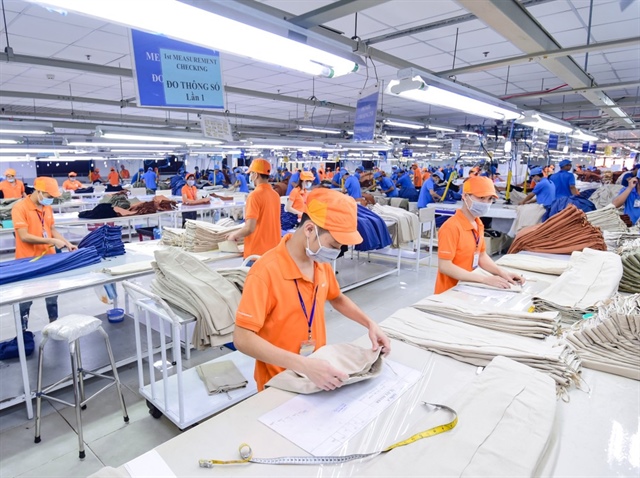 Textile enterprises are striving to improve productivity and streamline operations to reduce product costs. Photo: Q.HUY |
From another perspective, Mr. Nguyen Trung Dung, CEO of DH Foods, noted that the 20% US tariff would significantly impact selling prices, especially for exports on a CIF basis (cost, insurance, and freight included).
Mr. Dung shared that his company mainly exports on an FOB basis (free on board, excluding freight and insurance), and the proportion of exports to the US is not significant. However, he affirmed that if taxes increase, the company will definitely support its business partners.
Concerns About the “Home Field”
Information from the Ministry of Industry and Trade presents a broader and more balanced picture. The negotiations delved into various issues, including rules of origin, agriculture, digital trade, and supply chains.
More importantly, the Ministry emphasized that both sides aim for a comprehensive agreement based on openness, constructiveness, equality, mutual respect, mutual benefit, and consideration of each other’s development level.
This indicates that the negotiators have considered the concerns and are working towards a harmonious economic and trade relationship, befitting the Vietnam-US Comprehensive Strategic Partnership.
Economist Dr. Huynh Phuoc Nghia stated that with the clarity of the 20% US tariff, businesses must act immediately to strengthen their internal capabilities, diversify products, and seek niche markets. Success depends not only on positive news but also on the companies’ ability to address cost, competition, and product innovation comprehensively.

The expert cautioned that the biggest concern is not the 20% US tariff but the fierce competition right on the home field between domestic and imported goods. Photo: Q.HUY
|
A scenario where some imported goods enter tax-free due to trade agreements could create enormous competitive pressure on domestic producers. “The battle for price, quality, and brand will then become extremely intense in Vietnam,” warned Dr. Nghia. He suggested that Vietnamese enterprises must initiate an internal revolution, reviewing and optimizing their entire supply chain and cost structure. This streamlining is not just about reducing export costs to cope with tariffs but, more importantly, building a robust defense right on the home field.
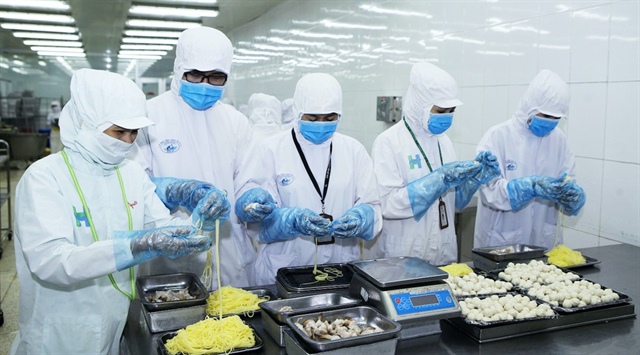 Vietnamese businesses must proactively diversify their products, seek niche markets, and develop higher-value-added product lines. Photo: Q.HUY |
|
High-tech goods lead Vietnam’s exports to the US, resulting in a trade surplus of 62 billion USD According to statistics from the General Department of Customs, in the first six months of 2025, Vietnam achieved a trade surplus of 62 billion USD with the US, a 29% increase compared to the same period last year. During this period, Vietnam’s export turnover to the US market reached nearly 71 billion USD, a 28.6% increase over the same period last year. More than half of Vietnam’s exports to the US comprised high-tech products (consumer electronics and smartphones), along with garments and footwear. The remaining exports included furniture and agricultural products. Import turnover from the US in the first six months of 2025 reached 8.8 billion USD, a 25% increase compared to the same period last year. Out of 43 imported product categories from the US, computers, electronic products, and components accounted for 29% of the total import value. This was followed by cotton, which made up 9%. In 2024, two-way trade reached nearly 150 billion USD, with Vietnam enjoying a trade surplus of 123.5 billion USD. |
By QUANG HUY – THU HA
– 07:45 07/08/2025
The US Imposes 20% Tariff on Vietnamese Exports: Textile and Seafood Industries Seek New Opportunities to Maintain Market Share
The recent announcement of a 20% tariff on Vietnamese goods entering the US market has left the textile and seafood industries concerned. This additional cost will undoubtedly impact businesses’ competitiveness and increase their financial burden. However, there is a silver lining; businesses can still thrive by optimizing their operations and expanding their reach into new markets. It is a challenging yet opportune time for companies to showcase their resilience and adaptability.
The Bright Side of Exports
As per the Ministry of Industry and Trade, Vietnam’s export turnover reached an estimated $261.8 billion in the first seven months of 2025, a remarkable 14.6% increase compared to the same period in 2024, surpassing the set growth target.
The Vietnam’s Business Move as US Officially Enforces Countervailing Duties
Many businesses are assessing the impact and competitive landscape with rival exporting nations to the US market, following President Donald Trump’s announcement of retaliatory tariffs. Companies are re-strategizing their business plans to navigate this new terrain.







